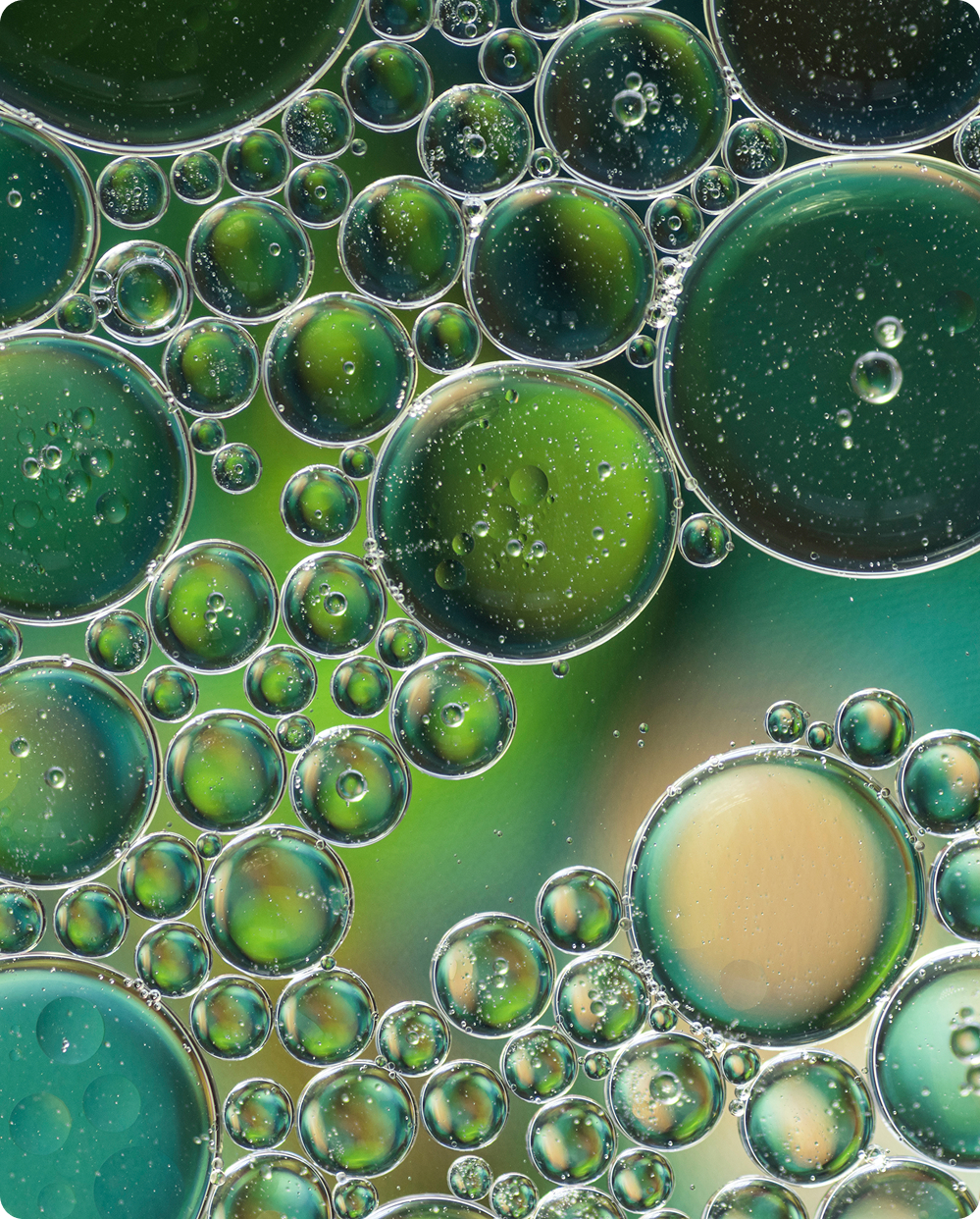Picture this: you're standing in front of the mirror after a shower, and something catches your eye. Things look... different down there. If you've found yourself wondering if you lose your labia during menopause, you're asking about a real physical change that many women notice but few feel comfortable discussing openly.
And research actually shows that between 27% and 84% of postmenopausal women experience significant changes to their vulvar and vaginal tissues [1]. While the phrase "losing" your labia might sound alarming, what actually happens is far more nuanced than complete disappearance.
Here's what I want you to know right away: these changes are completely normal. During menopause, declining estrogen levels cause measurable changes to the tissues of your vulva, including your labia majora and minora. The most frequent signs at a vulvar level include reduction in tissue thickness, labia agglutination, loss of pubic hair, and increased sensitivity to irritation [2]. While these changes affect the majority of menopausal women, they can feel concerning when you don't understand what's happening or why.
The reality is that while your labia do change during menopause, these changes are part of a broader condition now known as genitourinary syndrome of menopause (GSM). This comprehensive term encompasses the interconnected changes affecting your vulva, vagina, and urinary tract that occur as estrogen levels decline.
GSM prevalence estimates in postmenopausal women vary widely from 13 to 87 percent, with this wide range reflecting differences in how symptoms are assessed and which populations are studied [3].
This creates a constellation of symptoms that can impact everything from daily comfort to sexual wellness. Understanding these changes and knowing that effective management options exist can help you navigate this transition with greater ease and confidence.
What's Really Happening to Your Labia During Menopause?
Imagine looking at a flower that's gradually losing its fullness as the seasons change. Your labia don't literally vanish, but they do undergo significant structural changes that can make them appear smaller, thinner, and less prominent than before menopause.
The most clinically documented changes include what healthcare providers describe as "pale, thin vulvar skin" and "thinning of the labia" [4]. These changes occur because estrogen acts like a master gardener for your vulvar tissues, maintaining their thickness, elasticity, and blood flow. As estrogen levels decline during menopause, the tissues of your labia majora and minora begin to lose some of their structural support.
You might notice that your labia appear less full or "plump" than they did in your reproductive years. This happens because the underlying fat deposits and connective tissue that give the labia their shape and volume depend partially on estrogen for maintenance. The reduction in tissue thickness can make the labia appear to "shrink" or become less prominent, which likely prompts that initial question about whether they're disappearing.
Labia Before and After Menopause
The contrast between labia before and after menopause can be pretty noticeable for many women, though the timeline varies significantly from person to person.
Before menopause, adequate estrogen levels help maintain robust blood flow to vulvar tissues, supporting the production of collagen and elastin. Think of these as the building blocks that give your skin its structure, bounce, and youthful appearance. The labia typically have a fuller appearance, with good tissue thickness and healthy pigmentation that reflects optimal blood flow.
After menopause, several specific changes become apparent. The labia may appear paler, almost like a watercolor painting that's been diluted, due to decreased blood flow and changes in pigmentation. The tissue becomes thinner and may feel less elastic when touched, similar to how delicate fabric might feel after years of gentle wear. Some women notice that their labia minora (inner lips) seem to have "shrunk" or become less prominent, while the labia majora (outer lips) may appear flatter or less full than before.
Research indicates that these changes don't happen overnight but develop gradually over the years following menopause [2]. Some women notice subtle changes during perimenopause, while others don't experience significant changes until several years after their final menstrual period.
Another commonly observed change is what medical literature describes as "labia agglutination." This occurs when the edges of the labia minora may appear to stick together or fuse slightly [2]. Picture delicate tissue paper that's become slightly damp and adheres to itself. This happens because the thinner, more fragile tissue is more susceptible to minor irritation and inflammation, which can cause the delicate tissues to adhere to each other.
Why Does This Happen?
Understanding why your labia change requires looking at the crucial role estrogen plays in maintaining vulvovaginal tissue health. Estrogen isn't just about reproduction; it's like a dedicated maintenance crew for your entire genitourinary system.
Estrogen maintains the epithelium (the surface layer of cells) of your vagina, vulva, urethra, and bladder through estrogen receptors present throughout these tissues [4]. Picture estrogen as skilled workers constantly renovating and maintaining your vulvar tissues, keeping them thick, well-hydrated, and resilient. When estrogen levels are adequate, your vulvar tissues receive robust blood flow, delivering the nutrients and oxygen necessary for healthy cell turnover and tissue repair.
As you transition through menopause, your ovaries gradually produce less estrogen. This decline doesn't happen all at once; it's more like a slow sunset that unfolds over several years, beginning during perimenopause and continuing after your final menstrual period. The impact on your vulvar tissues follows a similar gradual but ultimately significant pattern.
Low levels of estrogen after menopause result in several interconnected changes in vulvar tissue. First, there's a decrease in collagen production. Think of collagen as the scaffolding that supports your tissue; when less of it is produced, the tissue becomes thinner and less resilient, like a building losing its structural support. Similarly, elastin production decreases, which means your vulvar skin becomes less elastic and more prone to irritation from normal activities like walking, exercise, or sexual activity.
The blood flow to vulvar tissues also decreases with lower estrogen levels, affecting both the appearance and function of your labia. That means less oxygen and fewer nutrients reaching the tissue, which can contribute to the paler appearance many women notice.
The interconnected nature of these tissues means that changes in one area often create a ripple effect, influencing others. This is why many women experience both vulvar changes and vaginal symptoms simultaneously, along with urinary symptoms like increased frequency or urgency.
Managing Symptoms and Supporting Labial Health
Here's the encouraging news I want you to hear: while labial changes during menopause are common, they're also highly manageable. Current clinical guidelines emphasize a stepped approach to treatment, starting with gentle, non-hormonal options and progressing to more targeted therapies when needed [3].
- For women experiencing persistent or severe symptoms, medical treatments can provide significant relief. Current guidelines strongly recommend local low-dose vaginal estrogen for improving vulvovaginal discomfort, irritation, dryness, and painful intercourse [3]. While this treatment primarily targets vaginal tissues, many women find that it also helps with vulvar symptoms due to the interconnected nature of these tissues.
- Other FDA-approved options include vaginal dehydroepiandrosterone (DHEA) and oral selective estrogen receptor modulators like ospemifene. A recent systematic review and meta-analysis found that various treatments for genitourinary syndrome of menopause showed significant improvement in symptom scores, with both hormonal and some non-hormonal approaches demonstrating effectiveness [5].
- For many women, the most effective approach combines external vulvar care with internal vaginal support. This is where comprehensive products like Neycher's Vaginal Moisturizer and Botanical Vulva Balm can play a valuable role, supporting the health of vaginal tissues that are anatomically connected to and influence the comfort of your external vulvar area.
Emotional and Sexual Wellness
Can we talk honestly about how these physical changes might be affecting you emotionally? The changes to your labia during menopause don't exist in isolation; they're part of a broader experience that can significantly impact how you feel about your body and your sexual health.
Research shows that vulvovaginal symptoms have a significant impact on women's ability to achieve pleasurable intimate relationships, with 74% of women reporting effects on sexual pleasure [2]. It's completely normal to feel concerned, confused, or even distressed when you notice changes in such an intimate part of your body.
The changes in your labial tissues can affect sexual comfort and satisfaction in several ways. Thinner, less elastic tissue may be more sensitive to friction during intimate activities. The reduced natural moisture can contribute to discomfort during sexual activity. Additionally, changes in appearance might affect your confidence and comfort with intimacy.
However, here's what we want you to know: these challenges are highly treatable. Research consistently shows that women who receive appropriate treatment for vulvovaginal symptoms experience significant improvements not just in physical comfort, but also in sexual satisfaction and overall quality of life [5].
Open communication with your partner about the changes you're experiencing can be incredibly helpful. Many partners are understanding and supportive when they understand what's happening and how they can help. This might involve using additional lubrication during intimate activities, taking more time for arousal, or exploring different approaches to intimacy that prioritize comfort.
Remember that sexual wellness encompasses much more than just physical function. Emotional connection, communication, and mutual understanding often become even more important during this life stage. Addressing menopausal changes together actually strengthens the relationship and leads to more satisfying intimacy.
Conclusion
While your labia do change during menopause, becoming thinner, less full, and sometimes paler, these changes are a normal part of your body's response to declining estrogen levels, not a sign of something wrong or broken.
Understanding that these changes affect the majority of postmenopausal women can help normalize your experience and reduce any anxiety you might feel. The key takeaways from current medical research are clear: these changes are common, they're manageable, and effective treatments exist to help you maintain comfort and confidence.
Your body's journey through menopause is unique to you, and the changes you experience deserve the same attention and care you'd give to any other aspect of your health.
References
[1] The 2020 genitourinary syndrome of menopause position statement of The North American Menopause Society. Menopause. 2020;27(9):976-992. doi:10.1097/GME.0000000000001609. Available at: https://www.isswsh.org/images/content/2020-NAMS-GSM-Paper.pdf
[2] Alvisi S, Gava G, Orsili I, Giacomelli G, Baldassarre M, Seracchioli R, Meriggiola MC. Vaginal Health in Menopausal Women. Medicina (Kaunas). 2019 Sep 20;55(10):615. doi:10.3390/medicina55100615. PMID: 31547180; PMCID: PMC6843679. Available at: https://pmc.ncbi.nlm.nih.gov/articles/PMC6843679/
[3] American Urological Association, Society of Urodynamics, Female Pelvic Medicine & Urogenital Reconstruction, American Urogynecologic Society. Genitourinary Syndrome of Menopause: AUA/SUFU/AUGS Guideline. Published April 28, 2025. Available at: https://www.auanet.org/guidelines-and-quality/guidelines/genitourinary-syndrome-of-menopause
[4] Phillips NA, Bachmann GA. Genitourinary syndrome of menopause: Common problem, effective treatments. Cleveland Clinic Journal of Medicine. 2018;85(5):390-398. doi:10.3949/ccjm.85a.15081. Available at: https://www.ccjm.org/content/85/5/390
[5] Jang D, Lee JM, Lee SW, et al. Comparison of Severity of Genitourinary Syndrome of Menopause Symptoms After Carbon Dioxide Laser vs Vaginal Estrogen Therapy: A Systematic Review and Meta-analysis. JAMA Netw Open. 2022;5(9):e2232563. doi:10.1001/jamanetworkopen.2022.32563. Available at: https://pmc.ncbi.nlm.nih.gov/articles/PMC9494191/





.jpg)


